Trends in automotive wiring harness architecture
The automotive industry is constantly looking to improve design efficiency, which often foreshadows future trends for other products and industries.
In order to reduce the cost of waste, the car is disassembled to look for inefficiencies in many aspects. First, look at things from the perspective of integration, that is, how things are put together. Second, analyze things based on specifications and explore whether the design is over-specified. Finally, look at the system in terms of overall product complexity.
See where the automotive industry is headed (Figure 1), moving from traditional architectures to current network-based architectures.
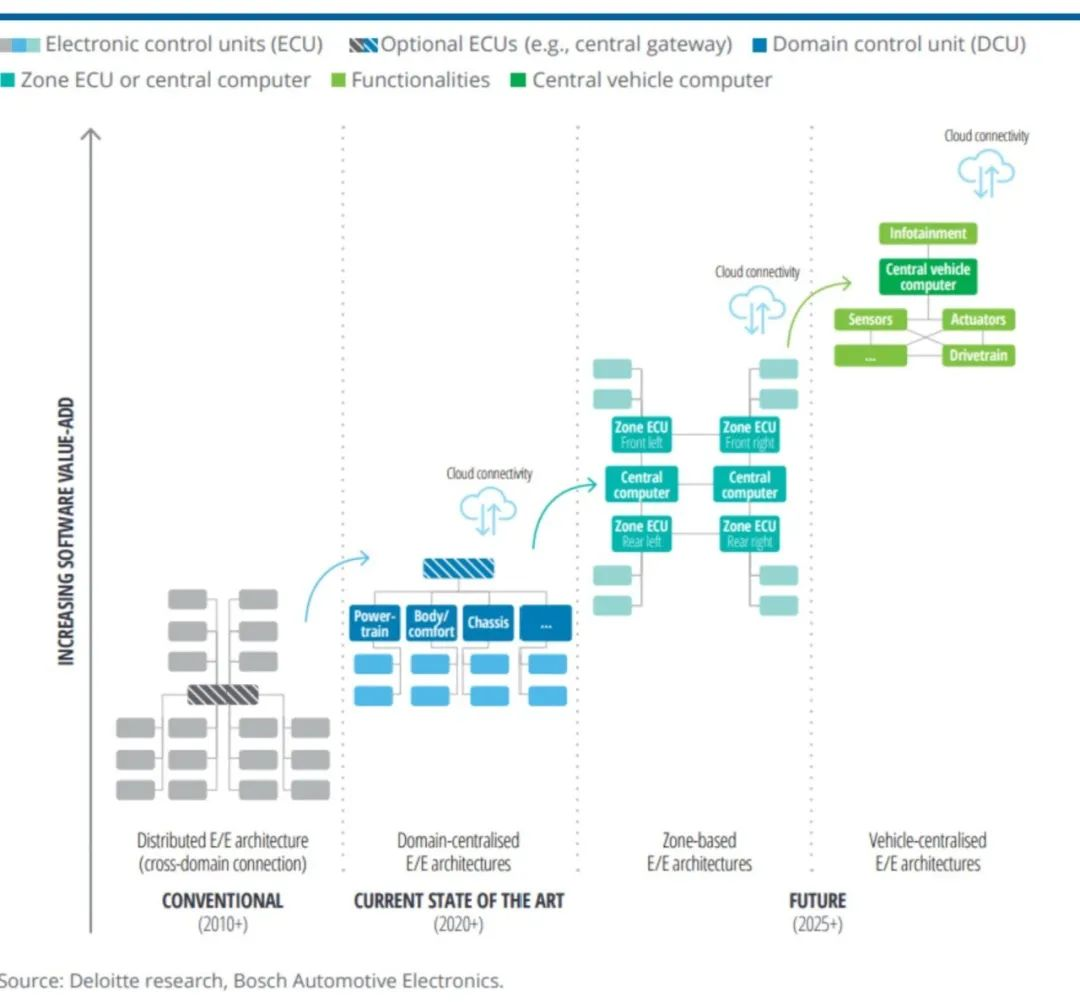
Figure 1 Shift from traditional architecture to network-based architecture
In the current architecture, there is a box (ECU) for electric lift doors, a box for HVAC systems, etc., and they are all connected together by some type of CAN bus. However, as domain-based concepts are further developed, the trend is moving to the right.
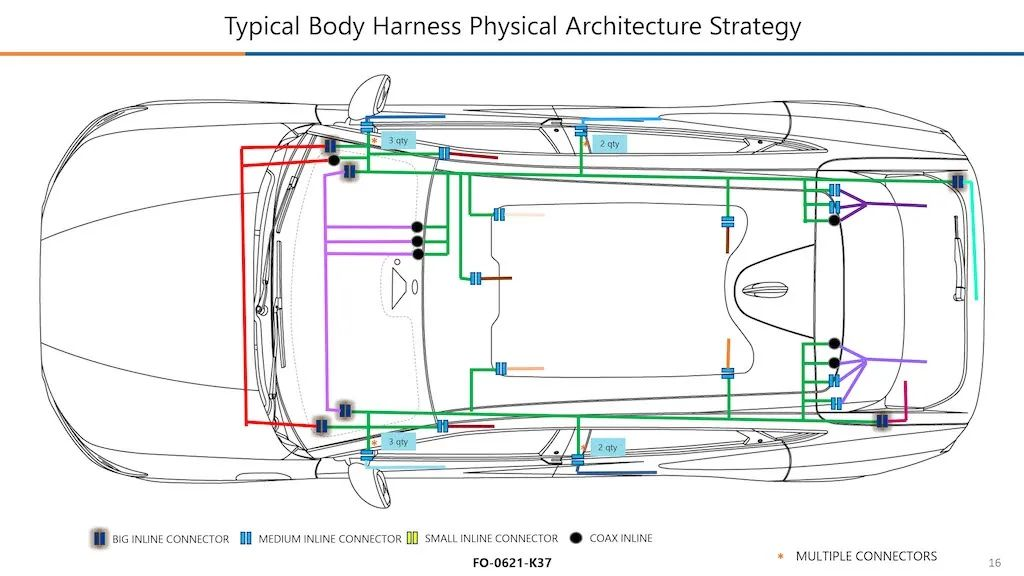
Figure 2 Typical body seat belt architecture
Green represents the main harness, red represents the front or engine compartment, and magenta represents the IP harness. In the edge section, you can observe how the harness is connected to the door panels, front and rear panels, A and B pillars to the overhead, hatchback doors, and other components. All of these different body belts require them to be subdivided according to how the vehicle fits on the assembly line.
This architecture enforces the use of multiple interconnectors (large inline connectors). Interconnection leads to additional work, additional costs, and additional potential warranty issues. Consumers get nothing. When a light is plugged in, the consumer gets a light. When a module is inserted, the client gets a processor to perform certain operations. When connected due to the partition of the car, the consumer does not gain any functionality. It makes the car work, but doesn't add features or functionality to the consumer. It is therefore an important division between high value and low value costs. Whether it's on a vehicle or on farm equipment, you want to find the most value with the least amount of interconnection, because they don't add value.
Although the electric vehicle in Figure 3 is relatively innovative in the market and has some compelling marketing selling points, the harness design does not show any substantial innovation or revolutionary progress.
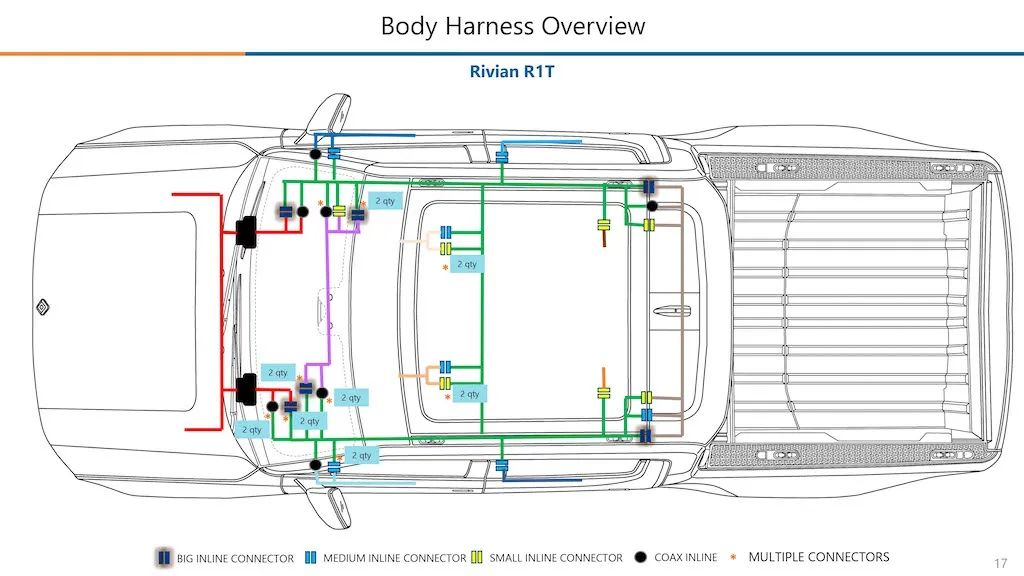
Figure 3 Overview of body seat belts
Figure 4 This structure may be guided by assembly protocols and has traditional body harnesses, multiple IP harnesses, and peripheral harnesses, unlike the generic example. Again, it's not that the quality of the car is bad, just the observations and conclusions drawn from the direction of travel from the point of view of efficiency.
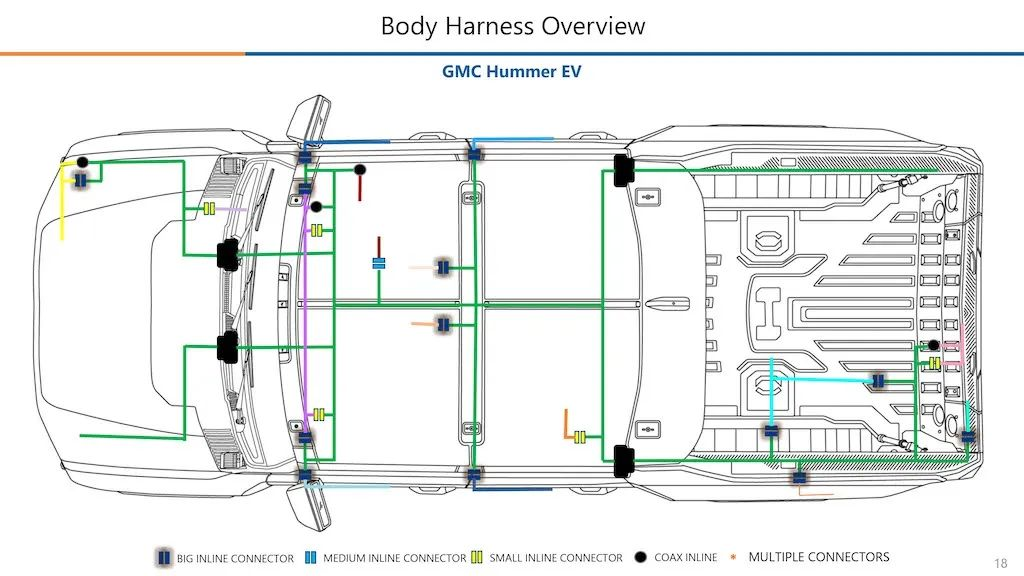
Figure 4 Overview of the wiring harness
Figure 5 is a little more unique, as you can see the green body belt extending from the front to the rear of the vehicle, through the center. It extends to the doors and there is no separate front seat belt. Get rid of the front seat belt by extending the body belt outward. These interconnects are allowed to be disconnected and can save costs to a certain extent. This suggests that GM is thinking about wiring harnesses in a broader sense.
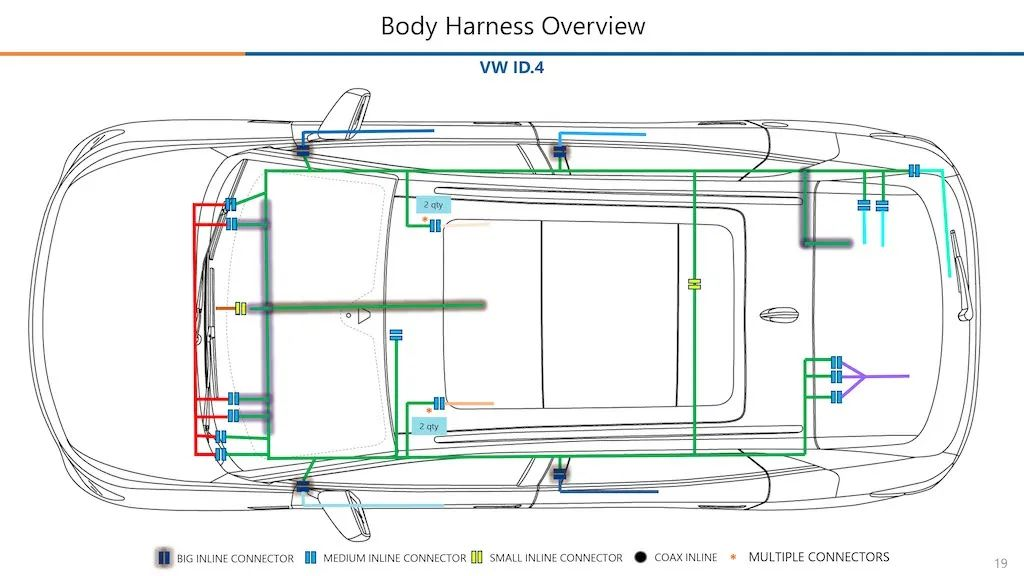
Figure 5 Overview of body seat belts
The green body seat belt and the IP seat belt highlighted in red are the same body seat belt. Green body belts are built with large wiring harnesses that are then loaded and unrolled into the rest of the vehicle. Taking care of the center console and moving up to the A-pillar and back to the rear panel, the design is innovative and efficient.
Dealing with the complexity of multiple wire harnesses does not necessarily have to simplify the architecture, so this approach to building wire harnesses was developed to help reduce some of the cost of their Vin-built thinking.
These connections are even more expensive, you can see that there are no inline coaxial cables in the vehicle, and the green body seat belt is able to pick up all the cables and run them as continuous coaxial cables from the top all the way to the front, so that it really can save a lot of costs from building complex vehicles.
The innovation of cars to get rid of interconnectors has been recognized by the industry as the industry standard for how vehicles are assembled. They reduce the number of large interconnects and simplify the overall design.
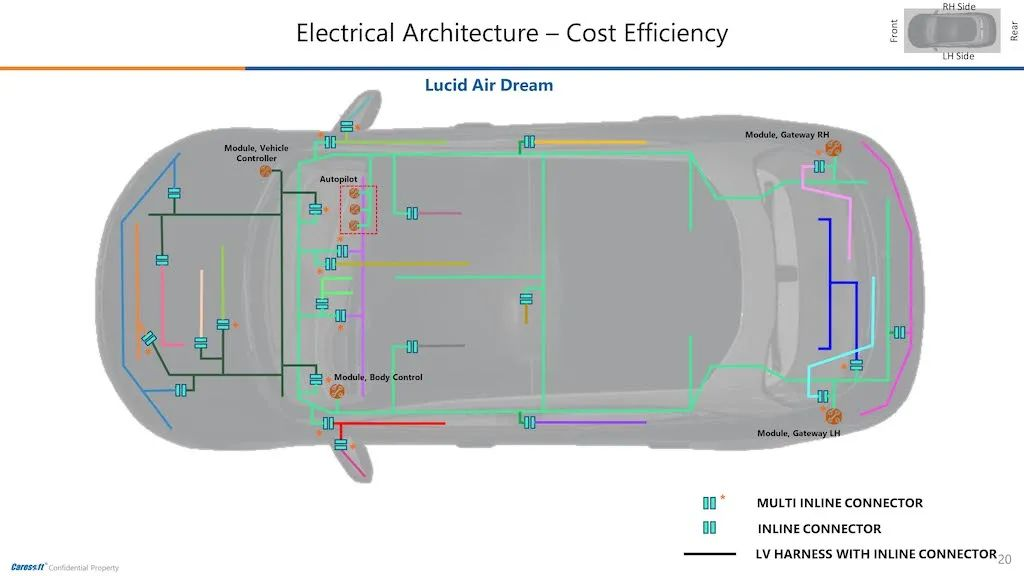
Figure 6 Overview of body seat belts
From a harness point of view, it is very traditional, with many interconnects.
There are four basic vehicle control modules. These elements make this particular design significant in discussions of efficiency. When we look back at Figure 1, it represents a shift to a centralized architecture for cars. Enter the module here to learn that this level of regional central computing represents the latest architectural advancements.
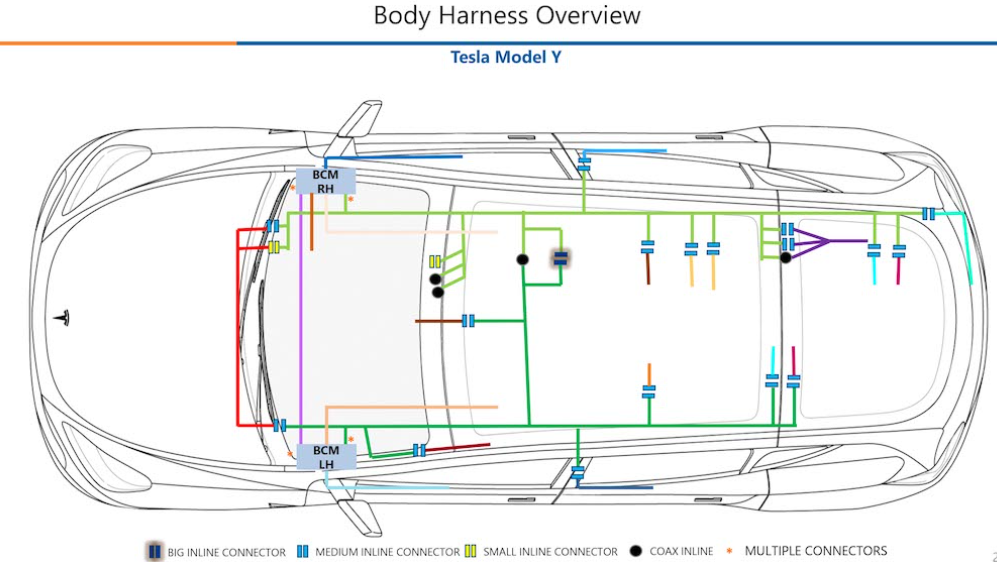
Figure 7 Overview of body seat belts
From a wiring harness point of view, think Figure 8 doesn't look so revolutionary, including the main harness and other harnesses for IP, rear panel, and so on.
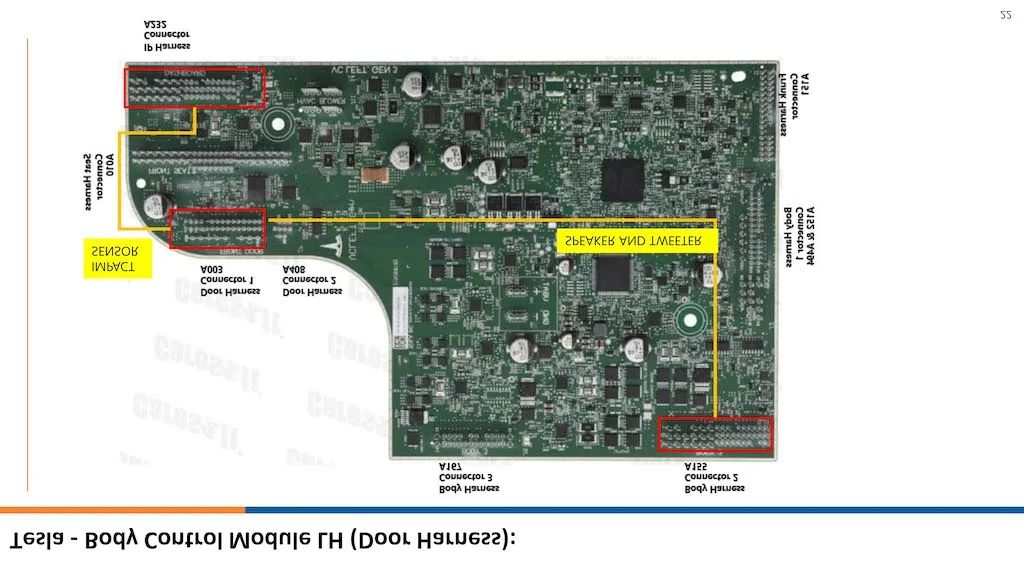
Figure 8 Control module
One option on this car is a trailer connection, but other than that, much of it is similar to the previous car's architecture. However, it is possible to predict completely different assembly methods in the automotive architecture portfolio.